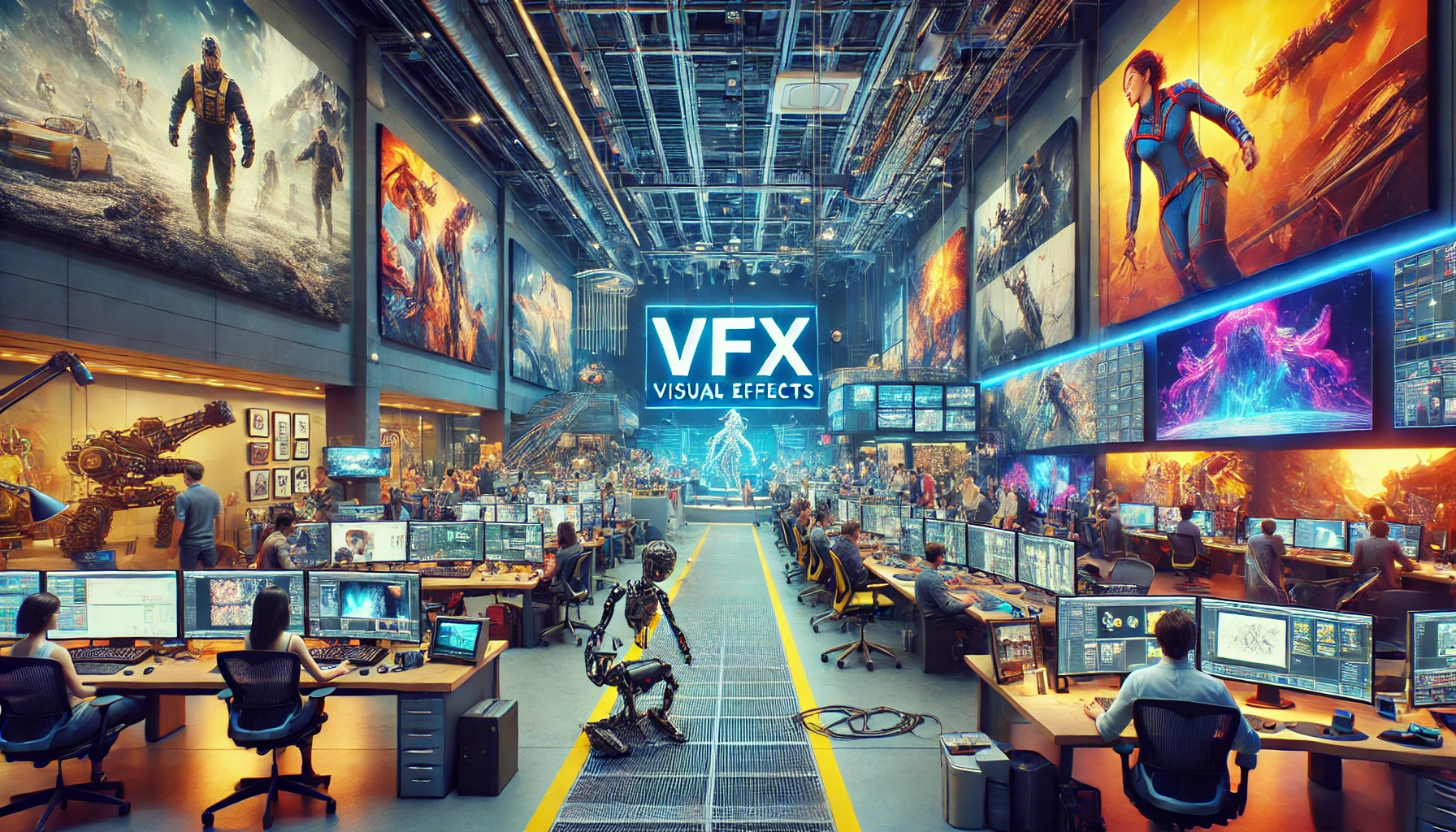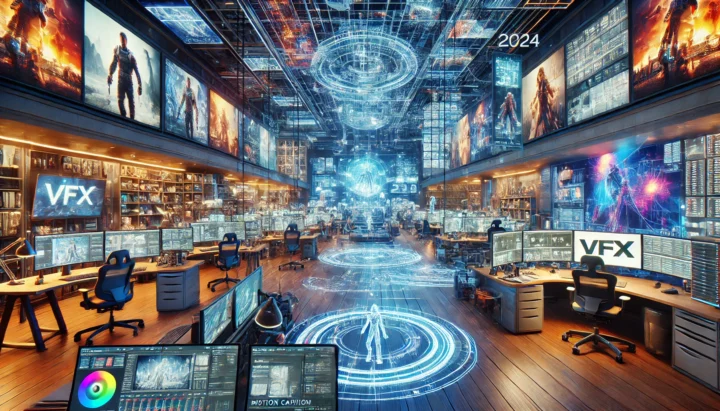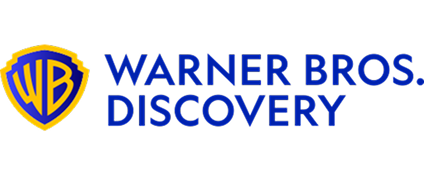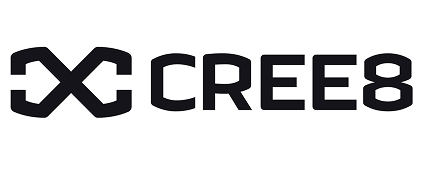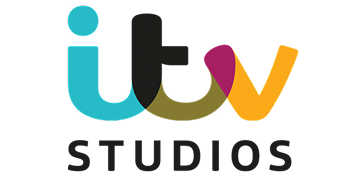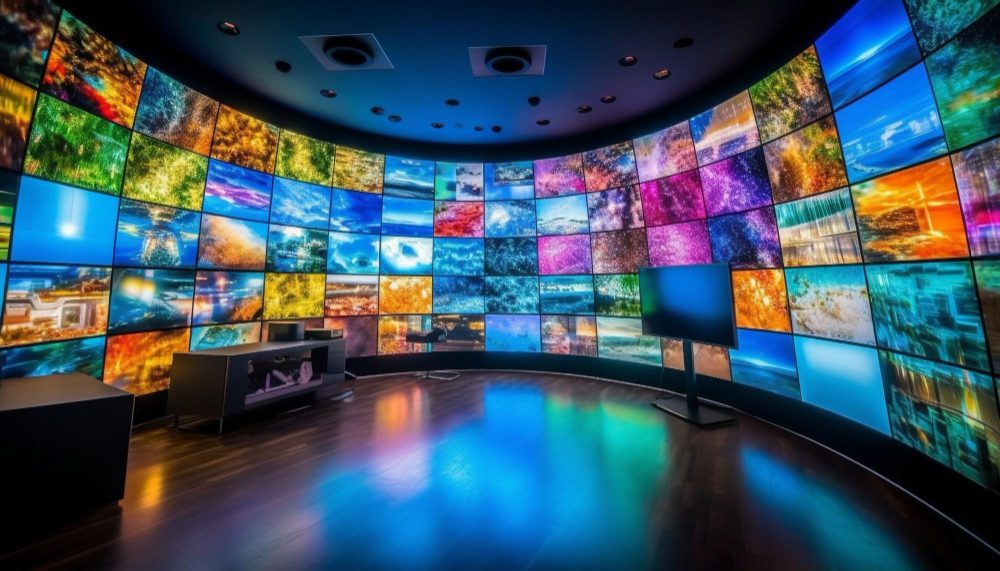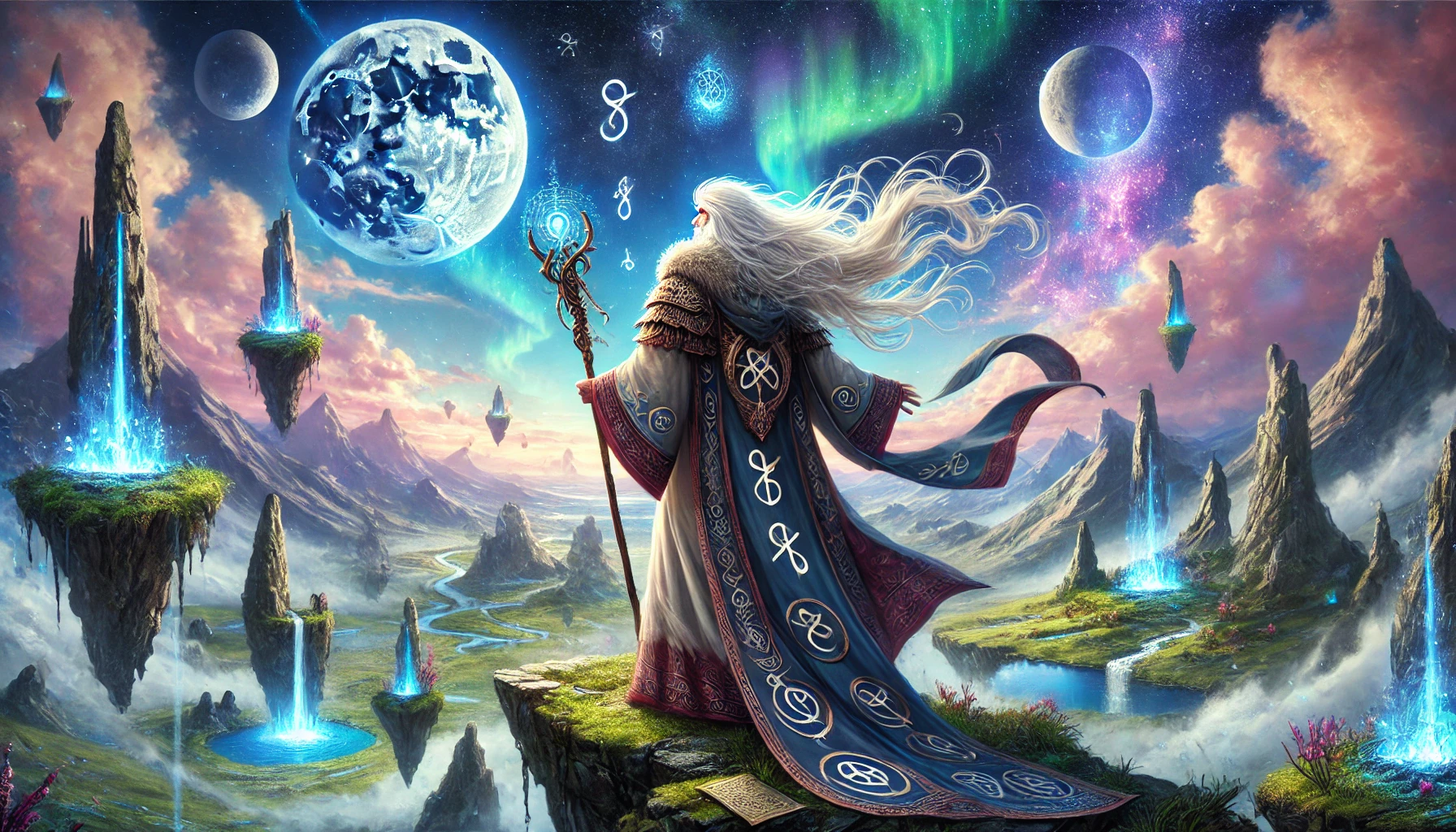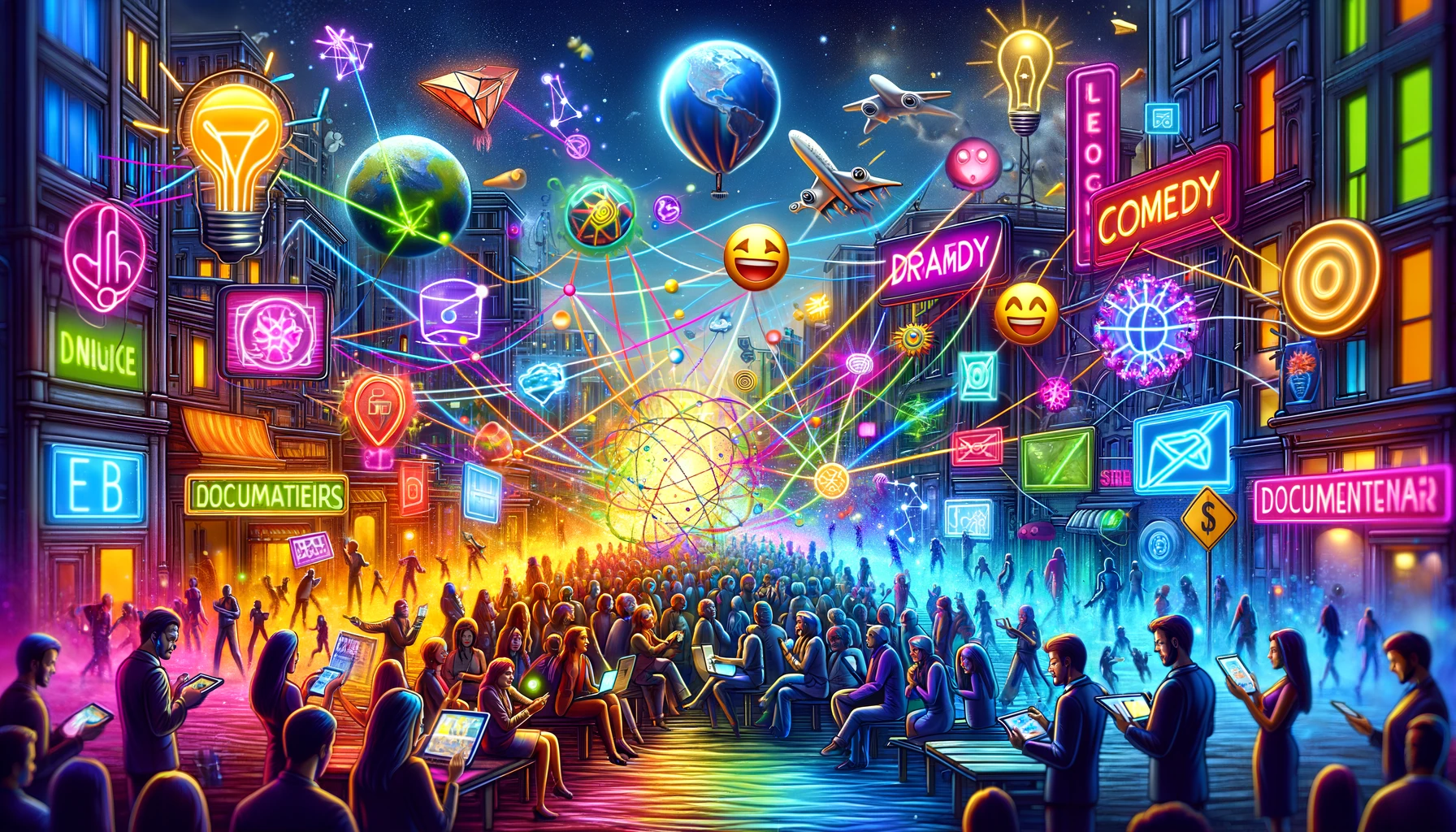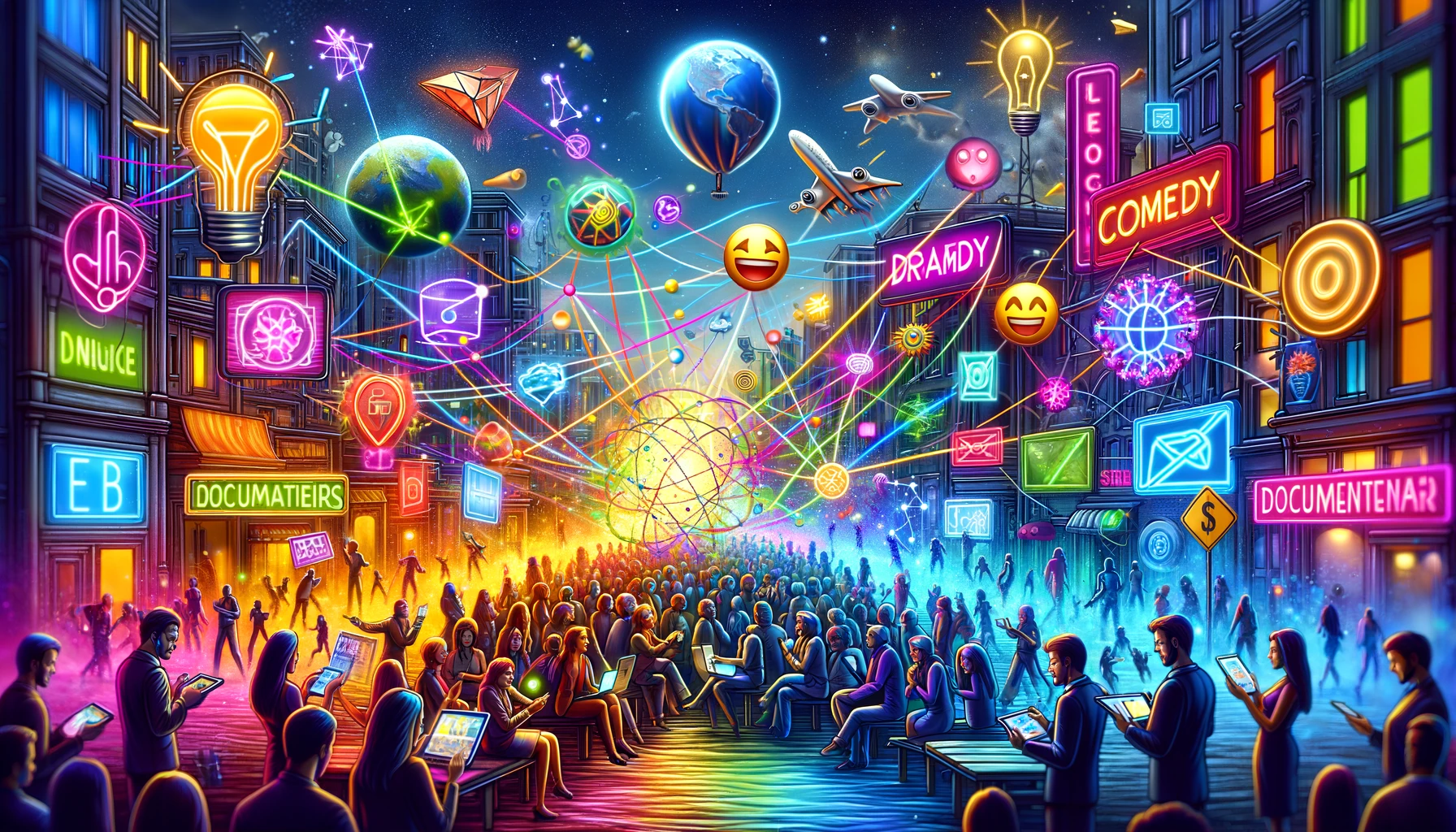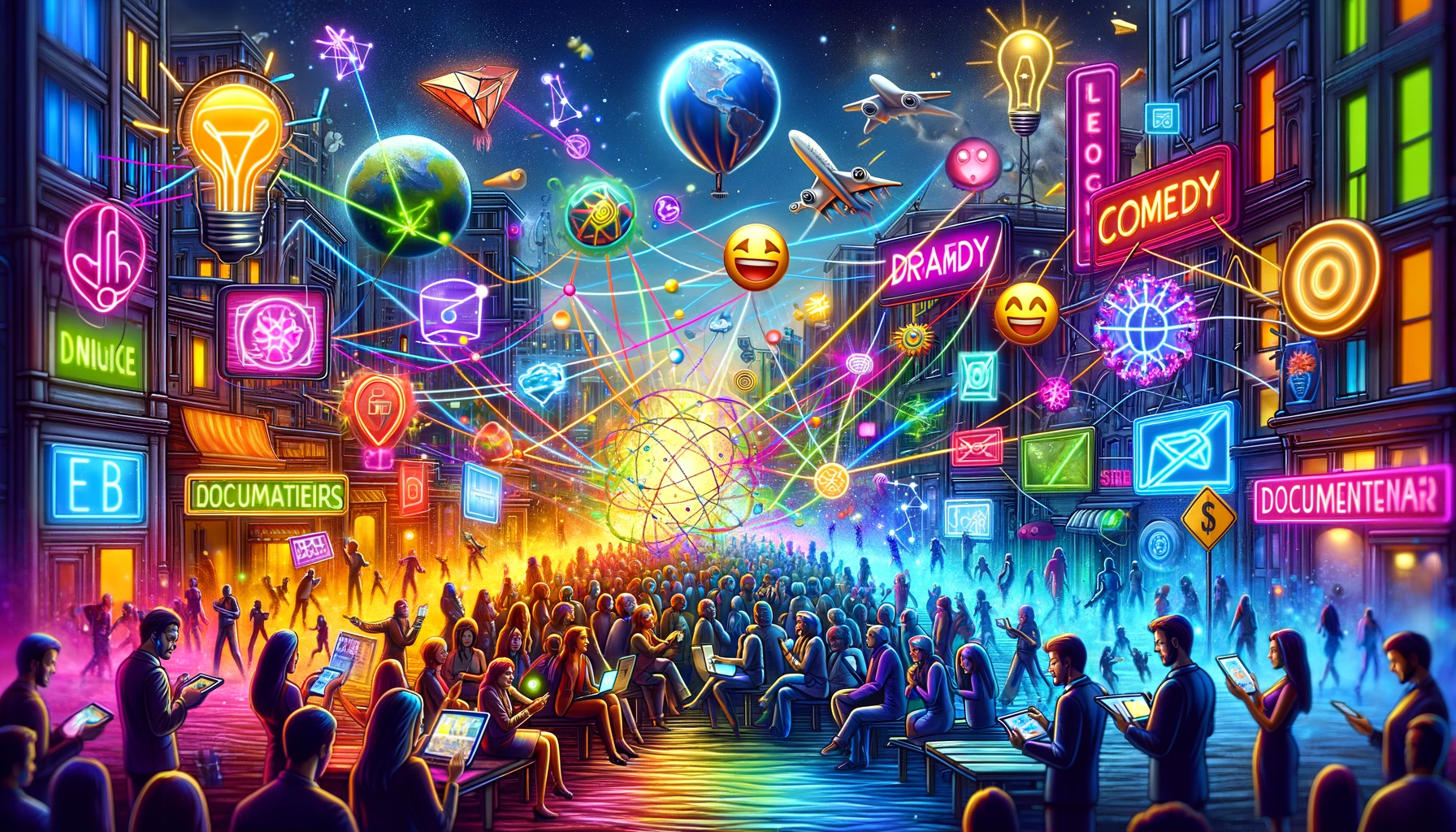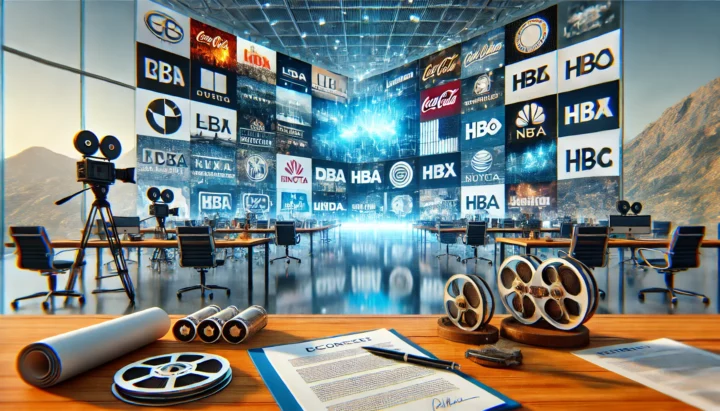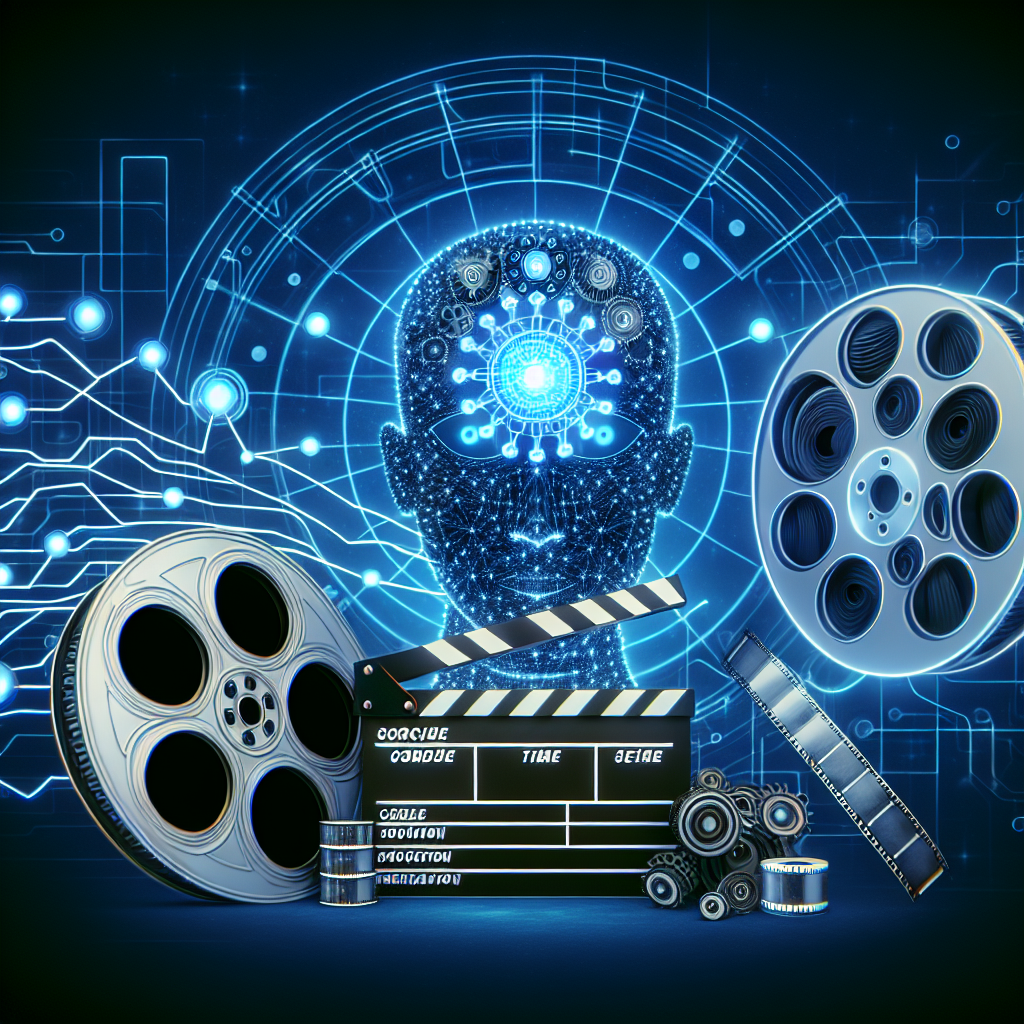Introduction: Transforming Imagination into Reality
Have you ever watched a movie and thought, “Wow, how did they do that?” Chances are, you were seeing visual effects (VFX) in action! VFX is like digital magic that makes the impossible look real on screen. From superhero movies to nature documentaries, VFX is everywhere in entertainment today. Let’s dive into the exciting world of VFX and see how it brings our wildest dreams to life!
VFX Fundamentals
| VFX Basics | Description |
| Definition | Digital tricks to create or change images in movies and TV |
| Key Use | Making unreal things look real on screen |
| Evolution | From simple camera tricks to complex computer graphics |
- VFX started with simple tricks like stop-motion animation
- Now, we have photorealistic digital characters and worlds
- VFX artists use both creativity and technology to make movie magic
What is vfx in filmmaking
VFX in movies is all about creating cool visuals that you can’t film in real life. Imagine adding a dragon to a scene or making a car explode safely! Hollywood uses VFX to bring fantasy worlds to life and make action scenes more exciting. It’s like painting with a computer, but the canvas is a movie screen!
History of vfx in cinema
The story of VFX is as old as movies themselves! Back in the day, filmmakers like Georges Méliès used camera tricks to make magic happen on screen. As time went on, special effects got fancier. Then came computers, and boom! CGI (Computer-Generated Imagery) changed everything. Movies like “Jurassic Park” showed us that anything was possible with VFX.
Vfx vs cgi differences
People often mix up VFX and CGI, but they’re not exactly the same thing. VFX is the big umbrella that covers all visual tricks in movies. CGI is a type of VFX that uses computers to create images. So, while all CGI is VFX, not all VFX is CGI. For example, practical effects like makeup and miniatures are VFX too!
Practical effects vs vfx comparison
Sometimes, the old ways are still the best! Practical effects are things you can touch and see on set, like props or explosions. VFX, on the other hand, is added later with computers. Both have their strengths:
- Practical effects often look more real and help actors perform better
- VFX can create things that are impossible to do for real
- Many movies use a mix of both to get the best results
VFX Production Process
| VFX Stage | Key Points |
| Pre-production | Planning and storyboarding |
| Production | Filming with green screens and motion capture |
| Post-production | Adding digital effects and fine-tuning |
- VFX work starts before cameras roll with careful planning
- Green screens and motion capture are big parts of filming for VFX
- Most of the VFX magic happens after filming is done
Vfx pipeline explained
The VFX pipeline is like a big assembly line for movie magic. It starts with artists sketching ideas and ends with shiny finished shots. In between, there’s a whole bunch of steps:
- Concept art: Drawing cool ideas
- Pre-vis: Making a rough version of scenes
- Asset creation: Building 3D models and textures
- Animation: Making things move
- Compositing: Putting all the pieces together
Each step is super important to make the final VFX look awesome!
Vfx pre-visualization process
Pre-vis is like a rough draft for VFX shots. Artists use simple 3D models to plan out complex scenes. This helps everyone on the team understand what the final shot will look like. It’s like a video game version of the movie that helps:
- Directors plan camera moves
- VFX artists know what they need to create
- Producers figure out how much everything will cost
Pre-vis saves time and money by catching problems early!
Green screen techniques for vfx
Green screens are the secret sauce for many VFX shots. Actors perform in front of a bright green background, which VFX artists later replace with cool digital scenery. It’s like digital dress-up for movies! Some green screen tips:
- Use even lighting to make it easier to remove the green
- Keep actors a bit away from the screen to avoid green reflections
- Sometimes blue screens are used instead, especially for blond hair
Motion capture in vfx production
Motion capture, or mocap for short, is how VFX artists make digital characters move like real people. Actors wear special suits covered in little markers. Cameras track these markers to record the actor’s movements. This tech helps create characters like Gollum from “The Lord of the Rings” or the Na’vi from “Avatar.”
Vfx compositing tutorial
Compositing is where all the VFX pieces come together. It’s like a digital jigsaw puzzle. Artists take all the separate elements – live action footage, CGI, matte paintings – and blend them into one seamless shot. They adjust things like color, lighting, and shadows to make everything look like it was filmed together.
Photorealistic vfx techniques
Making VFX look real is super hard, but artists have some tricks up their sleeves:
- Studying real-world physics to make things move naturally
- Adding tiny imperfections like dust or scratches
- Using advanced lighting techniques to match the real environment
- Creating ultra-detailed textures for surfaces
The goal is to make the audience forget they’re watching effects!
Environmental vfx in films
VFX doesn’t just add cool monsters or explosions. It also creates entire worlds! Artists build digital environments for characters to explore. This could be alien planets, historical settings, or fantasy realms. Movies like “The Lord of the Rings” use a mix of real New Zealand landscapes and digital touch-ups to create Middle-earth.
VFX Tools and Technologies
| VFX Tech | Uses |
| 3D Software | Modeling, animation, and rendering |
| Compositing Tools | Combining elements and color correction |
| Simulation Software | Creating realistic physics for effects |
- Autodesk Maya and Houdini are popular for 3D work
- Nuke is a go-to tool for compositing
- AI and machine learning are changing the VFX game
Best vfx software for beginners
If you want to try VFX yourself, there are some great tools to start with:
- Blender: Free and powerful 3D software
- DaVinci Resolve: Free video editor with good VFX tools
- Fusion: Part of Resolve, but also available standalone
- After Effects: Popular for motion graphics and compositing
Remember, the best software is the one you practice with a lot!
How to learn vfx at home
You don’t need a fancy school to start learning VFX. The internet is full of resources:
- Watch YouTube tutorials on specific techniques
- Take online courses from sites like Udemy or Coursera
- Practice, practice, practice with free software
- Join online VFX communities to share your work and get feedback
The key is to start small and keep learning!
Vfx rendering optimization tips
Rendering is when the computer turns your 3D scene into a final image. It can take a long time! Here are some tips to speed things up:
- Use lower quality settings for test renders
- Optimize your scenes by removing unnecessary details
- Try GPU rendering if your computer supports it
- Use render farms for big projects
Faster renders mean more time for creative work!
AI-powered vfx tools
Artificial Intelligence (AI) is changing the VFX world. New tools use AI to:
- Automatically rotoscope (trace) objects in footage
- Create realistic textures from simple descriptions
- De-age actors or even create digital doubles
- Upscale low-resolution footage to higher quality
AI helps VFX artists work faster and tackle tougher challenges!
Cloud-based vfx workflows
The cloud is making VFX more flexible than ever. Artists can:
- Access powerful render farms without owning expensive hardware
- Collaborate on projects from anywhere in the world
- Use virtual workstations with high-end software
- Store and share huge files easily
Cloud tech helps small studios compete with the big guys!
Maximize Your VFX Success with Vitrina

VFX Career and Industry
| Career Aspect | Details |
| Entry-level Jobs | Runner, Junior Artist, Production Assistant |
| Mid-level Roles | Compositor, Animator, FX Artist |
| Senior Positions | VFX Supervisor, Technical Director |
- VFX careers blend art and technology
- The industry is always changing, so lifelong learning is key
- Jobs can be found in film, TV, games, and advertising
Vfx artist career path
Becoming a VFX artist is an exciting journey! Here’s a typical path:
- Learn the basics through school or self-study
- Build a killer demo reel to show off your skills
- Start as a junior artist at a studio
- Specialize in areas like animation or compositing
- Work your way up to senior artist or supervisor roles
Remember, every artist’s path is a bit different. Follow your passion!
Vfx supervisor responsibilities
VFX Supervisors are the big bosses of the VFX world. They:
- Work closely with directors to plan VFX shots
- Manage teams of artists and keep projects on track
- Solve tricky technical problems
- Ensure the final quality of all VFX work
It’s a job that needs both creative vision and leadership skills.
Vfx industry job outlook
The VFX industry is booming! With more movies, TV shows, and games using VFX than ever before, there’s lots of work out there. Some trends:
- More demand for VFX in streaming content
- Growing use of VFX in virtual production (like “The Mandalorian”)
- New jobs in AI and machine learning for VFX
- Opportunities in emerging tech like VR and AR
It’s an exciting time to get into VFX!
Top vfx companies in Hollywood
Some of the biggest names in VFX include:
- Industrial Light & Magic (ILM): Founded by George Lucas
- Weta Digital: Known for “The Lord of the Rings” and “Avatar”
- Double Negative (DNEG): Oscar winners for “Blade Runner 2049”
- Framestore: Did amazing work on “Gravity” and Marvel movies
These studios push the boundaries of what’s possible in VFX!
VFX in Film Production
| VFX Stage | Film Stage |
| Pre-production | Concept art and pre-vis |
| Production | On-set data collection and plate shooting |
| Post-production | CGI creation and compositing |
- VFX work happens throughout the entire filmmaking process
- Good planning in pre-production saves time and money later
- Communication between departments is super important
Vfx budget for indie films
Even small films can use VFX to tell big stories! Some budget-friendly tips:
- Plan VFX shots carefully to get the most bang for your buck
- Use stock footage and assets when possible
- Leverage free or low-cost software
- Network with up-and-coming artists hungry for experience
Remember, creativity often matters more than a huge budget!
Most expensive vfx movies
Some movies go all out on VFX! Recent big spenders include:
- “Avengers: Endgame“: Massive battle scenes and digital characters
- “Avatar“: Creating an entire alien world from scratch
- “Pirates of the Caribbean: At World’s End“: Complex water simulations
These movies push tech to the limit, but the story still matters most!
Vfx breakdown of popular films
VFX breakdowns show how the movie magic happens. You can find tons of these online, revealing:
- How green screen shots become fantastic locations
- The layers that go into a complex VFX shot
- Before and after comparisons of raw footage and final scenes
Watching breakdowns is a great way to learn VFX techniques!
Vfx awards and recognition
The VFX industry has its own Oscars! Important awards include:
- The Academy Award for Best Visual Effects
- Visual Effects Society (VES) Awards
- BAFTA Award for Best Special Visual Effects
These awards recognize the incredible talent and hard work in VFX.
Streamline Your Fantasia Film Festival Preparation

VFX Beyond Film
| VFX Medium | Examples |
| Video Games | Real-time graphics and cutscenes |
| TV Shows | Bringing fantastical elements to the small screen |
| Commercials | Creating eye-catching visuals for ads |
| Online Content | YouTube videos and social media effects |
- VFX isn’t just for big movies anymore
- Real-time VFX is growing fast in games and live broadcasts
- Even small creators can use VFX to make their content pop
Real-time vfx in video games
Video games use VFX differently than movies. They need effects that can:
- Run in real-time as you play
- Adapt to player actions
- Work on different hardware, from consoles to phones
Games like “Fortnite” and “God of War” show how amazing real-time VFX can be!
Virtual production and vfx integration
Virtual production is changing how movies are made. It uses game engine technology to:
- Show real-time VFX on set
- Let directors see final-quality visuals while filming
- Adjust digital environments on the fly
Shows like “The Mandalorian” use huge LED walls to create instant backdrops!
Vfx in advertising and commercials
Commercials often use VFX to grab your attention. They might:
- Create impossible products (like cars that transform)
- Add eye-catching graphics to real footage
- Make boring products look super cool
VFX helps ads stand out in a world full of visual noise.
Vfx for YouTube content creators
Even YouTubers are getting in on the VFX action! Creators use effects to:
- Add cool intros and graphics to their videos
- Create mind-bending illusions and tricks
- Enhance vlogs and sketches with digital elements
Channels like Corridor Crew even focus on breaking down and recreating Hollywood VFX!
Advanced VFX Topics
| Advanced Topic | Description |
| Deep Learning | Using AI to enhance VFX workflows |
| Virtual Reality | Creating immersive VFX experiences |
| Volumetric Capture | Filming real people for 3D environments |
- Cutting-edge tech is always changing the VFX game
- Research and development teams push the boundaries
- The line between real and digital gets blurrier every year
Vfx reel creation guide
Your VFX reel is like your visual resume. Here’s how to make it shine:
- Show your best work first to grab attention
- Keep it short and sweet (1-2 minutes max)
- Include breakdowns of complex shots
- Add labels to clarify your role in each project
- Pick music that fits the mood of your work
A great reel can open doors in the VFX industry!
Ethics of vfx in documentaries
VFX in documentaries can be tricky. It’s important to:
- Clearly label any recreated or enhanced footage
- Use VFX to support the truth, not change it
- Consider the impact of VFX on the audience’s perception.
- Balance visual appeal with factual accuracy
Responsible use of VFX can help documentaries tell powerful stories without misleading viewers.
Conclusion
VFX has come a long way from simple camera tricks to mind-blowing digital worlds. It’s not just about making things look cool – it’s about telling stories in new and exciting ways. From blockbuster movies to YouTube videos, VFX helps bring imagination to life.
As technology keeps improving, who knows what amazing things VFX artists will create next? Maybe one day, we’ll be able to step right into our favorite movies or games, thanks to VR and advanced VFX!
Whether you want to be a VFX artist or just love watching movie magic, understanding VFX helps you appreciate the hard work and creativity behind your favorite entertainment. Next time you watch a film or play a game, take a moment to think about all the digital wizardry that went into making it look so awesome!
Ready to dive deeper into the world of VFX? Here are some things you can do:
- Download free VFX software like Blender and start experimenting
- Watch VFX breakdowns of your favorite movies on YouTube
- Follow VFX artists and studios on social media to see behind-the-scenes content
- Try adding simple effects to your own videos or photos
Remember, everyone starts somewhere. Who knows? Maybe you’ll create the next big VFX breakthrough!
Frequently Asked Questions
Tickets and passes are available through the official Fantasia website. Purchase early to avoid missing out on popular screenings.
Yes, filmmakers can submit their work. Check the official website for submission deadlines and guidelines.
The festival offers numerous networking events, industry panels, and Q&A sessions. Vitrina can help you maximize these opportunities by connecting you with the right people beforehand.
Fantasia’s focus on genre cinema, its passionate audience, and its platform for bold, unconventional films set it apart from other festivals.
Absolutely! Montreal is a vibrant city with a rich cultural


